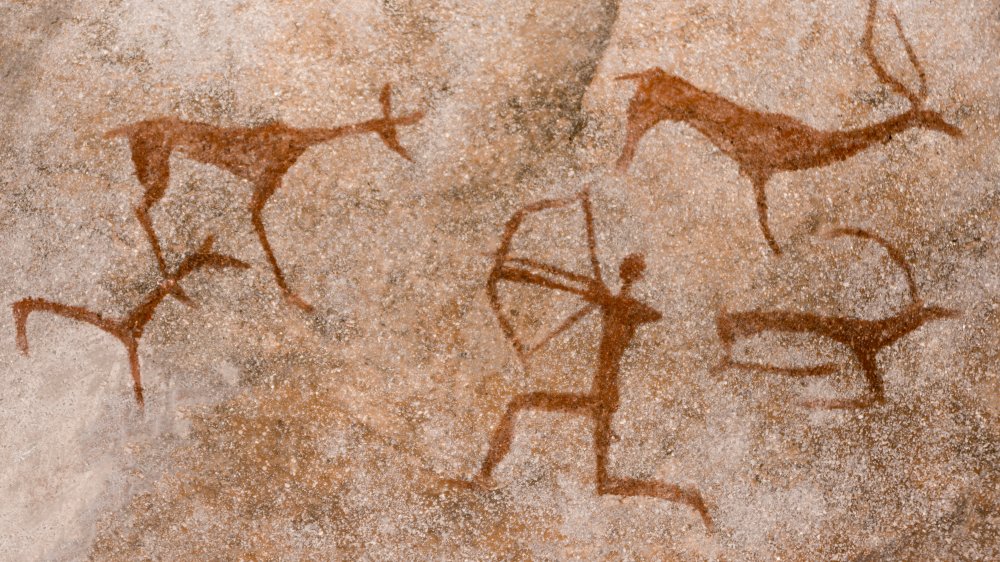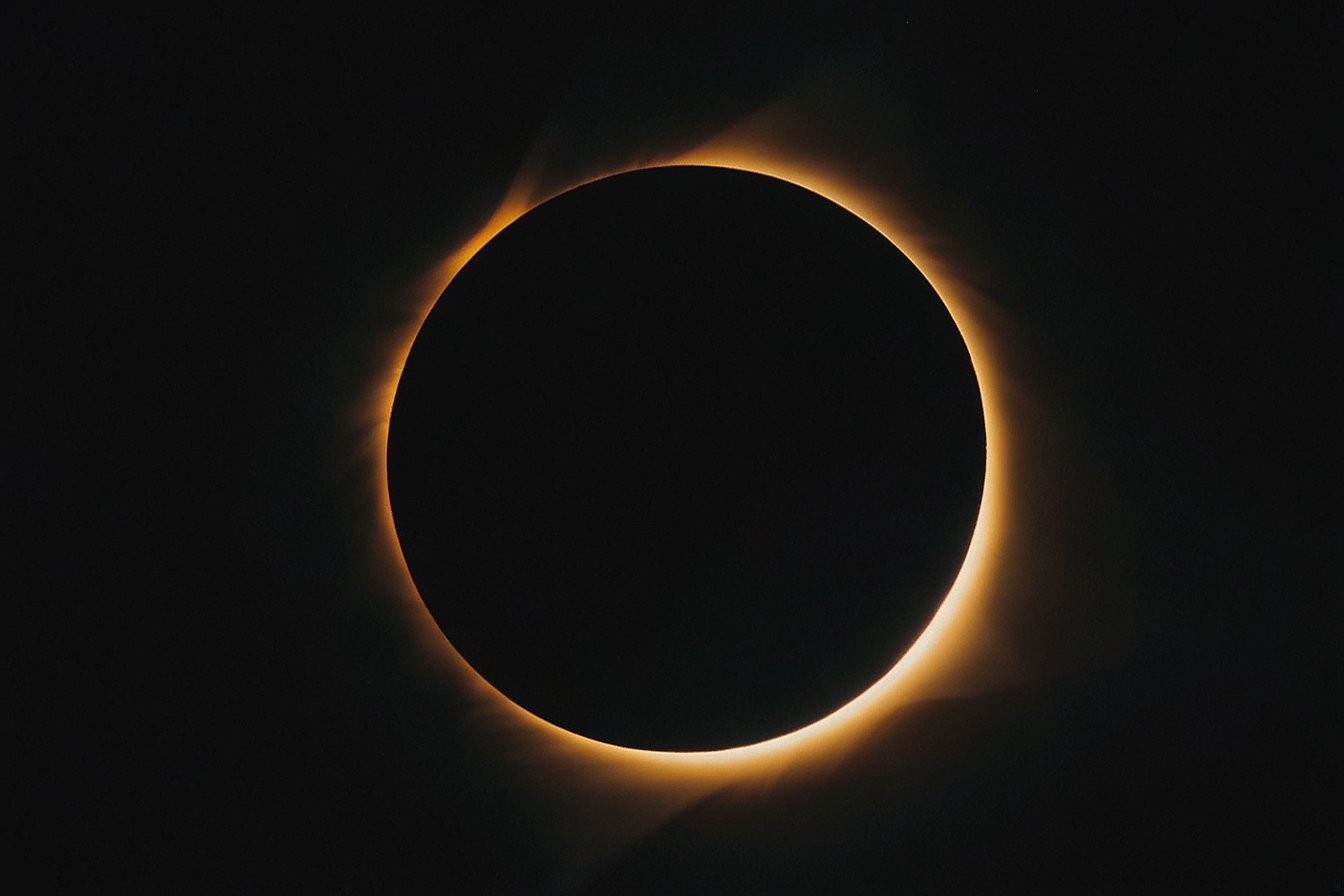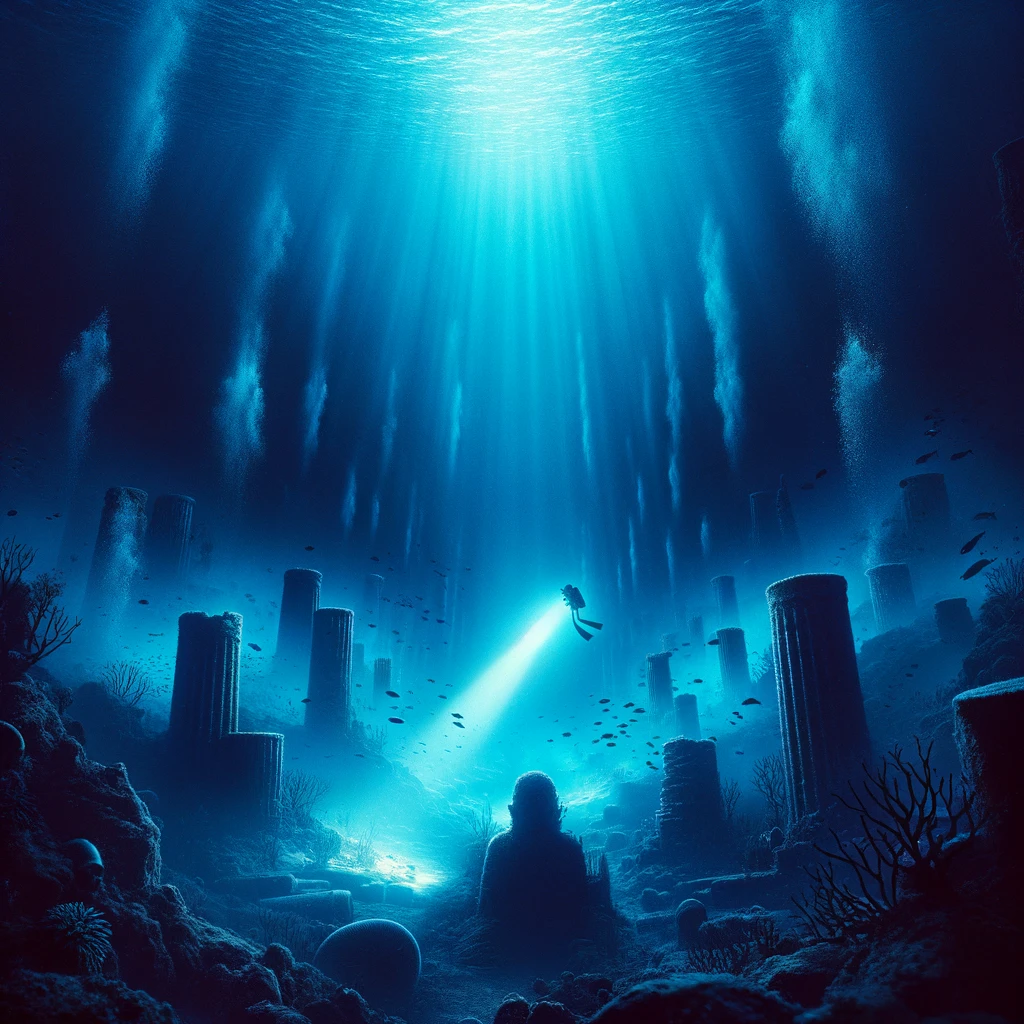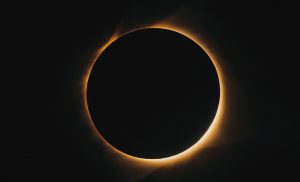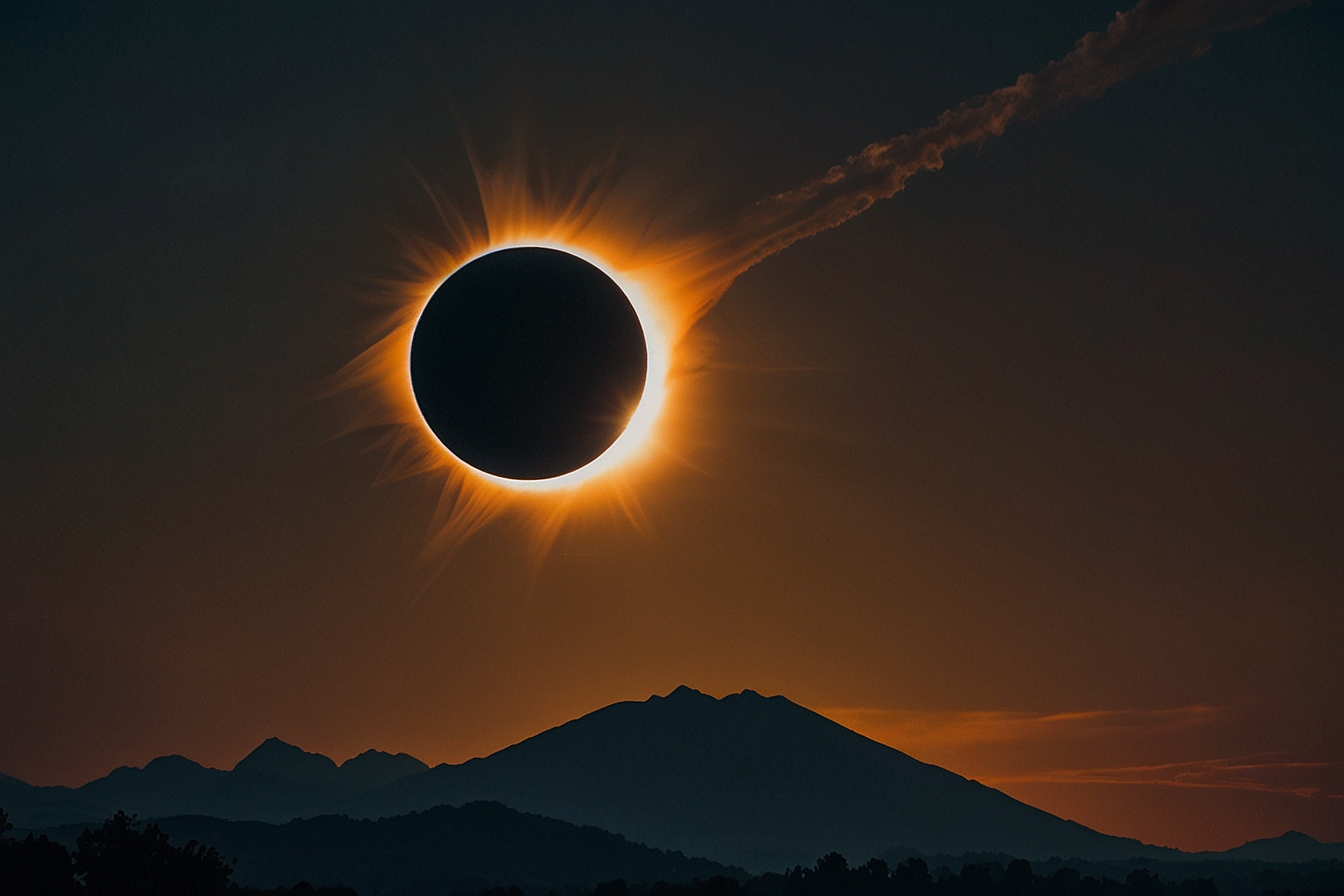
Get ready for an amazing sight on Monday, April 8, 2024! A total solar eclipse is happening in North America. While everyone in North and Central America will see a part of it, only certain places along a path called the “totality” will see the moon fully cover the sun. This path goes through Mexico, 15 U.S. States, and Canada. You can watch the total solar eclipse live here on Space.com.
Discovering the details about this event might surprise you! From the precise duration of the moon’s central shadow journeying across the Earth to the reasons behind its cyclical occurrence that will continue for centuries, including its eventual return to North America, here are 20 intriguing facts you should know.
This will be the first total solar eclipse in the continental U.S. in 7 years.
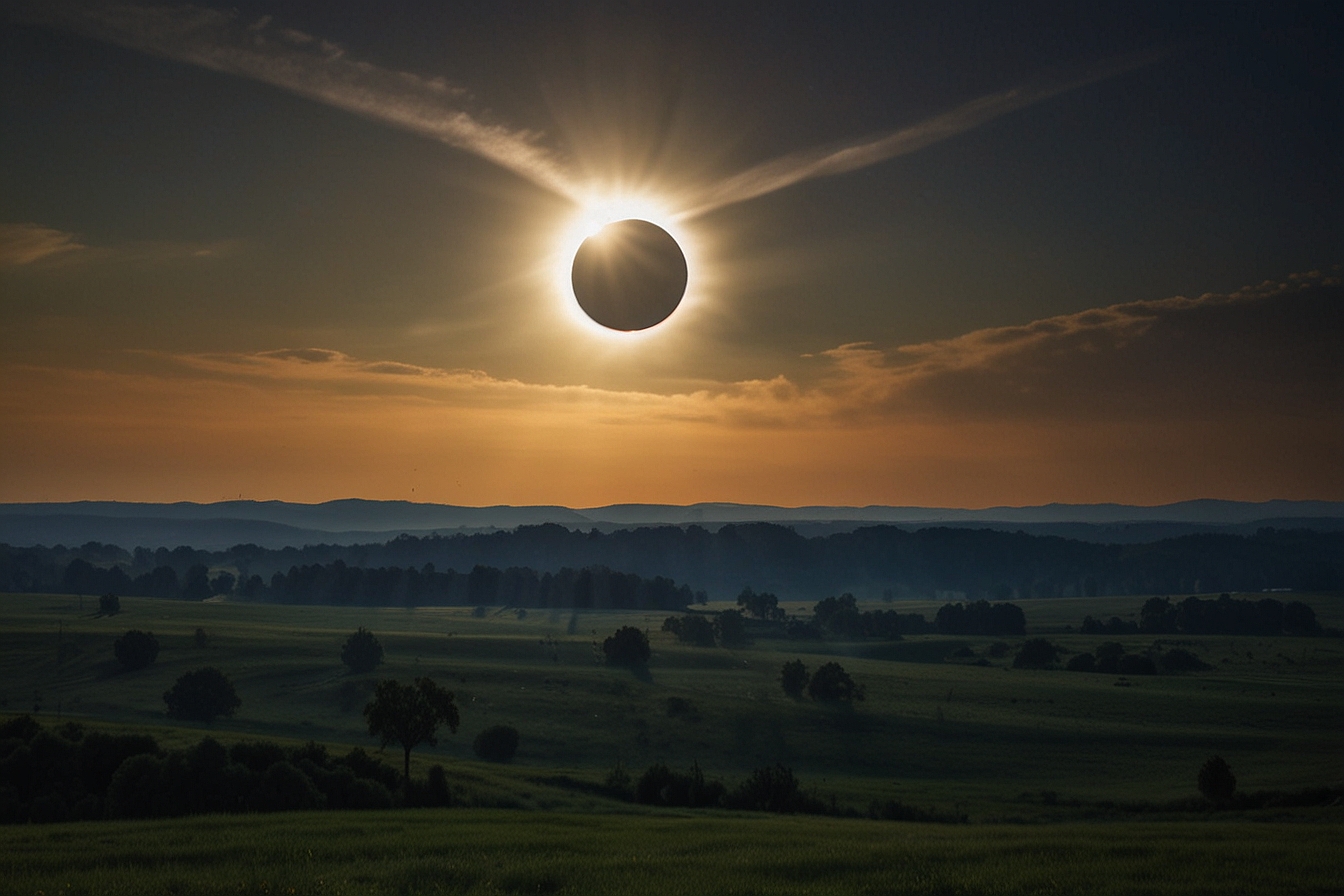
The most recent total solar eclipse took place on August 21, 2017, making its dramatic journey across the United States from Oregon to South Carolina, captivating the eyes of millions who witnessed its celestial beauty. Before this remarkable event, one must rewind the clocks all the way back to February 26, 1979, to find the previous total solar eclipse. Looking ahead, there’s a significant gap of 20 years until the next anticipated occurrence, which is slated for August 23, 2044. So, savor the memories of past eclipses and mark your calendars for the eagerly awaited spectacle yet to come!
A solar eclipse only happens at the New Moon.
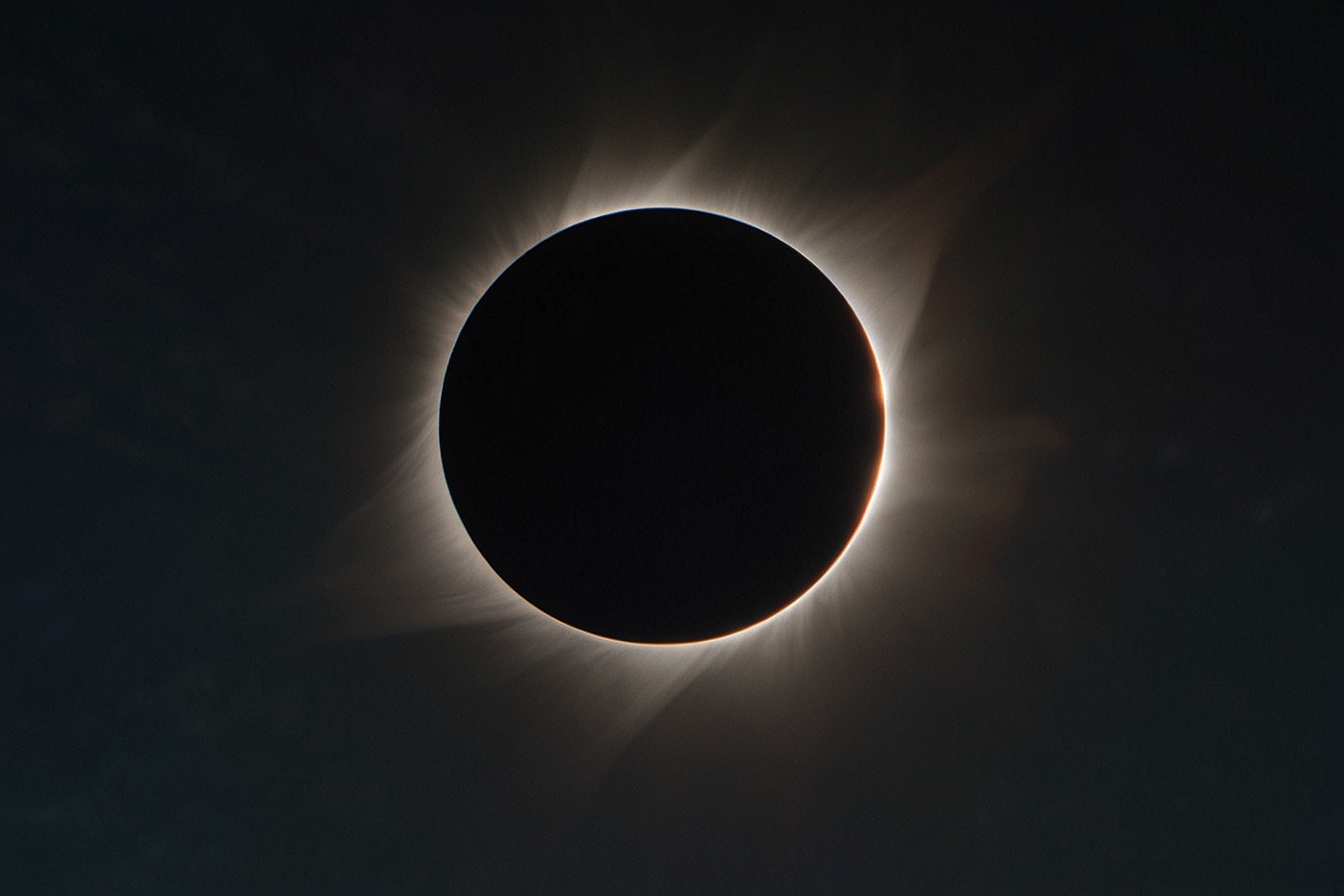
For a solar eclipse to unfold, the Moon must align directly between the Sun and Earth, casting its shadow upon our planet. This alignment exclusively occurs during the New Moon phase, when the Moon appears invisible from Earth as it sits in close proximity to the Sun.
Solar eclipses don’t occur at every New Moon.
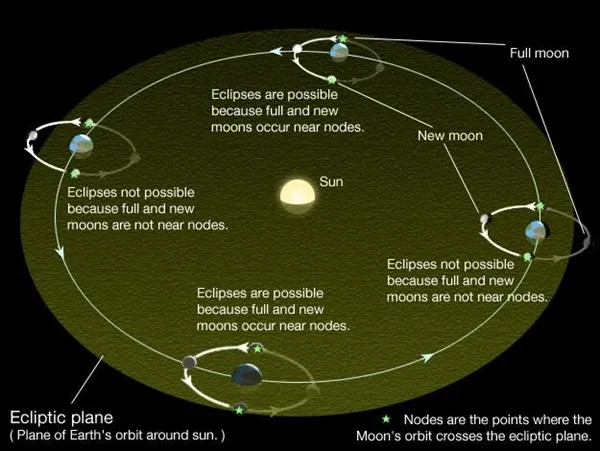
Solar and lunar eclipses are intricately tied to the alignment of the Moon’s orbit, which is tilted approximately 5 degrees compared to Earth’s orbit around the Sun. This tilt creates two specific points where the paths of the Moon and Earth intersect, known as nodes in astronomical terms. Eclipses occur when the Sun aligns with one of these nodes and the Moon is positioned either at the same node (for solar eclipses) or at the opposite node (for lunar eclipses). In the majority of lunar months, the Sun resides either above or below one of the nodes, preventing the necessary alignment for an eclipse to take place.
The duration of total solar eclipse events varies, with each totality having its unique length.
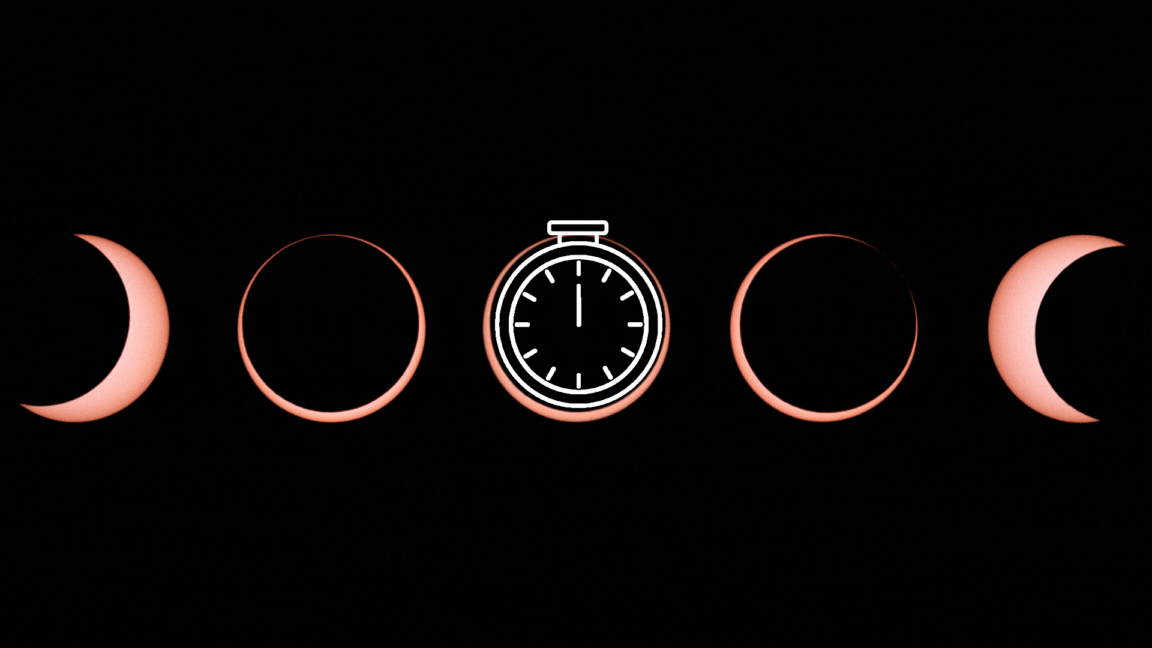
Variations in the duration of total solar eclipse phases stem from the changing distances between Earth, the Sun, and the Moon. Earth’s distance from the Sun fluctuates by around 3 percent, while the distance between the Moon and Earth varies by approximately 12 percent. Consequently, the apparent diameter of the Moon can range from 10 percent smaller to 7 percent larger than that of the Sun. These fluctuations in distances contribute to the differences in the length of total solar eclipse phases.
Solar eclipses occur in cycles known as Saros cycles.
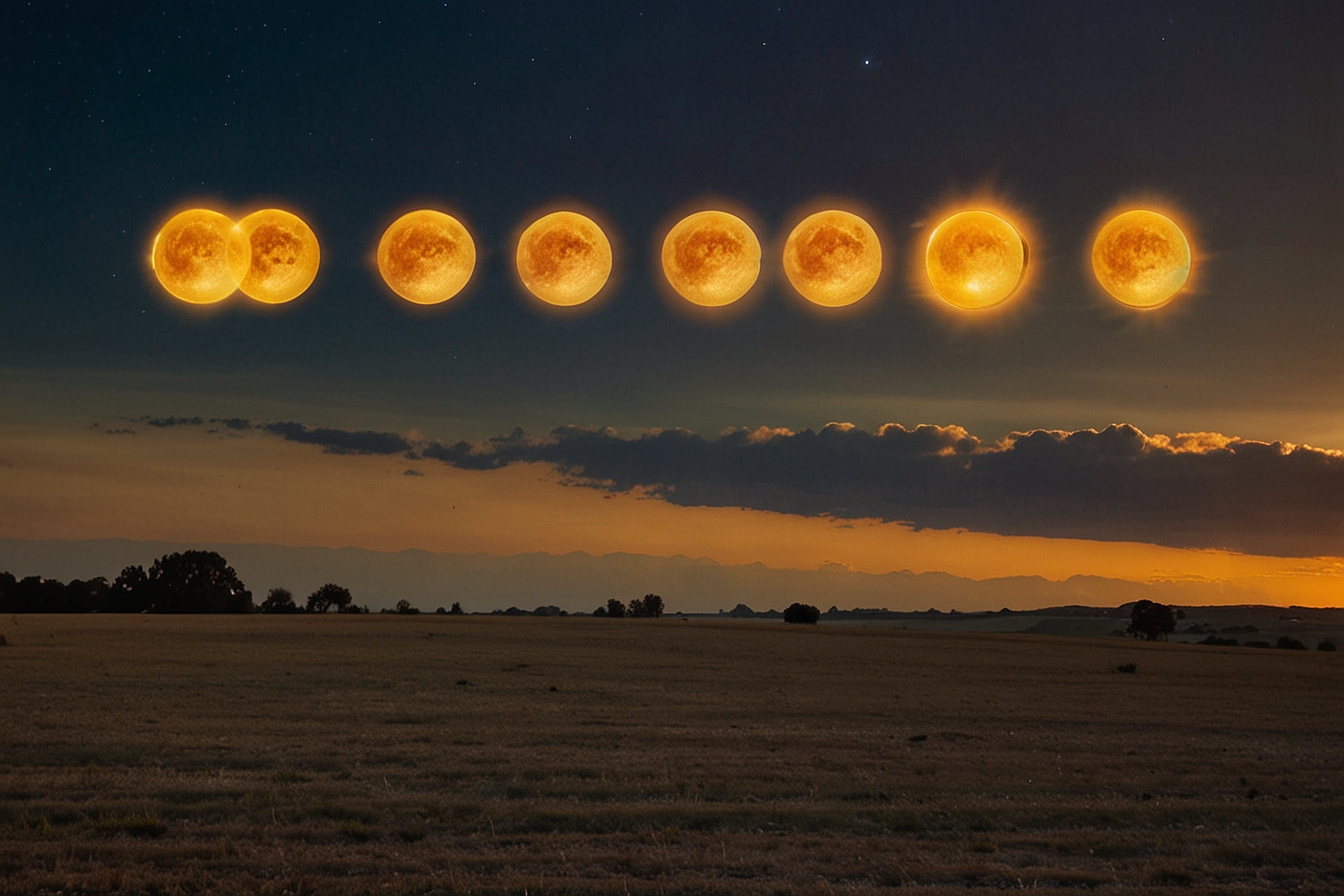
Every 6,585.3 days (equivalent to 18 years, 11 days, and 8 hours), similar solar and lunar eclipses repeat, following what scientists term a Saros cycle. Eclipses occurring with a gap of one Saros cycle share several similarities: they happen at the same node, the Moon’s distance from Earth remains nearly identical, and they occur during the same time of the year.
Everyone in the continental U.S. will see at least a partial eclipse.
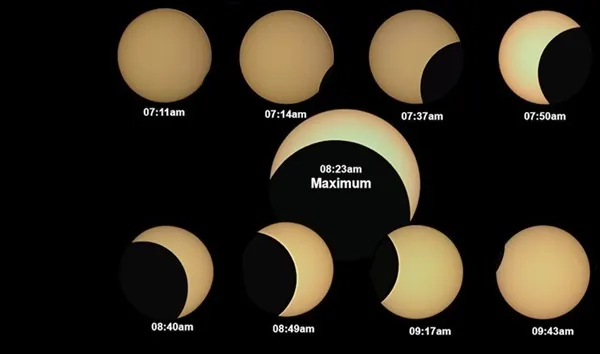
On the day of the eclipse, if you’re fortunate to have clear skies, even from Neah Bay at the northwestern tip of Washington, you can anticipate the Moon covering a minimum of 16 percent of the Sun’s surface. It’s a remarkable sight, offering a glimpse into the celestial dance unfolding above.
It’s all about totality.
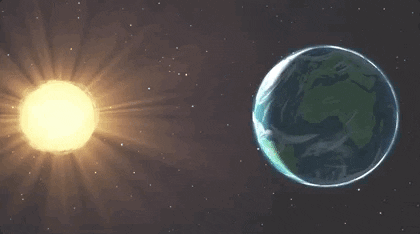
Let’s shed some light on this: equating a partial eclipse to a total eclipse is akin to comparing near-death to death itself. While 16 percent coverage may sound substantial, it truly isn’t. You’ll hardly notice any darkening of your surroundings. Whether the partial eclipse above you reaches 16, 56, or 96 percent, it pales in comparison to the breathtaking spectacle of totality.
Only during totality do you witness the full glory of celestial phenomena: the mesmerizing diamond ring effect, the ethereal beauty of the Sun’s corona, peculiar hues painting the sky, and the surreal experience of spotting stars in broad daylight. And don’t overlook the soundscape around you; keep an ear out for the reactions of wildlife, often stirred by the sudden passage of a total solar eclipse overhead.
The first contact is in Texas.
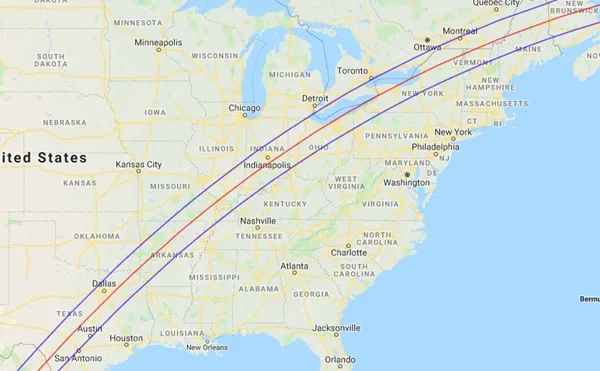
If you’re eager to be the very first person to experience the breathtaking moment of totality in the continental United States, mark your calendar and head to the Mexican border in Las Quintas Fronterizas, Texas, arriving by 1:27:21 p.m. CDT. There, you’ll be treated to an extraordinary total phase lasting an impressive 4 minutes and 22 seconds, offering ample time to soak in the awe-inspiring celestial spectacle unfolding before your eyes.
The center line crosses through 15 states.
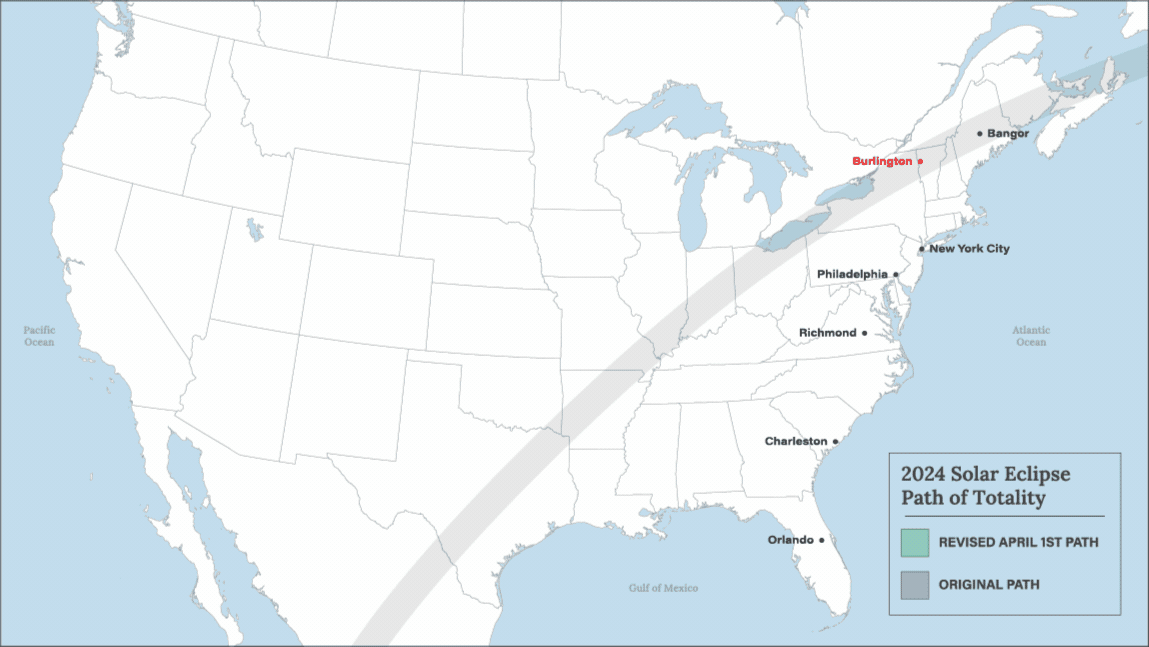
After its impressive journey through Texas from southwest to northeast, totality simultaneously commences in Oklahoma and Arkansas at 1:45:39 p.m. CDT. The eclipse then progresses into Missouri. Unfortunately, Saint Louis falls just outside the path’s northern limit. While Tennessee technically experiences totality, only a tiny portion of its northwest corner lies within the umbra.
Similarly, only a small section of far-western Kentucky witnesses totality. Southern Illinois boasts a significant stretch along the path, yet it’s dwarfed by the swath the umbra covers in the following states: Indiana and Ohio. Before exiting Ohio, a tiny tip of southeastern Michigan technically enters totality. Finally, the eclipse’s last stages in the U.S. sweep through areas of Pennsylvania, New York, Vermont, New Hampshire, and Maine.
Totality lasts a maximum of 4 minutes and 28 seconds.

That’s the moment to be in the small town of Nazas, Mexico, situated approximately 40 miles (60 km) southwest of Torreón, to experience the maximum duration of totality at 4 minutes and 28 seconds. However, regardless of the actual duration, the mesmerizing allure of solar eclipses has a way of making time seem to slip away, leaving us spellbound in just a few fleeting moments.
The end of the eclipse for the U.S. is in Maine.
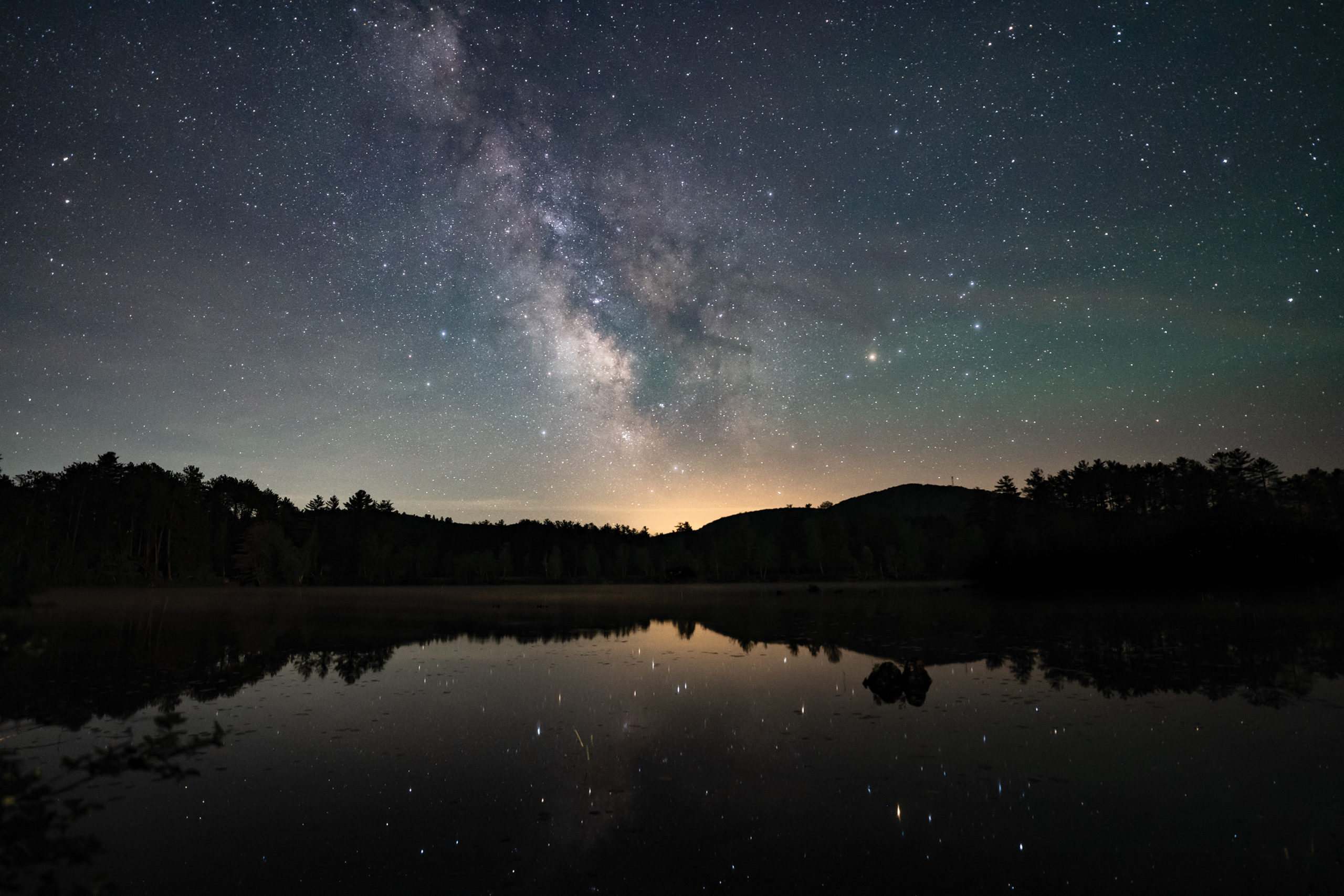
In 2024, totality bids farewell to the United States at 3:35 p.m. EDT on the eastern edge of Littleton, Maine. An observer in this location would savor 3 minutes and 22 seconds of totality, with the Sun positioned 35° high in the west-southwest at mid-eclipse.
Exciting events unfold both before and after totality during a solar eclipse.
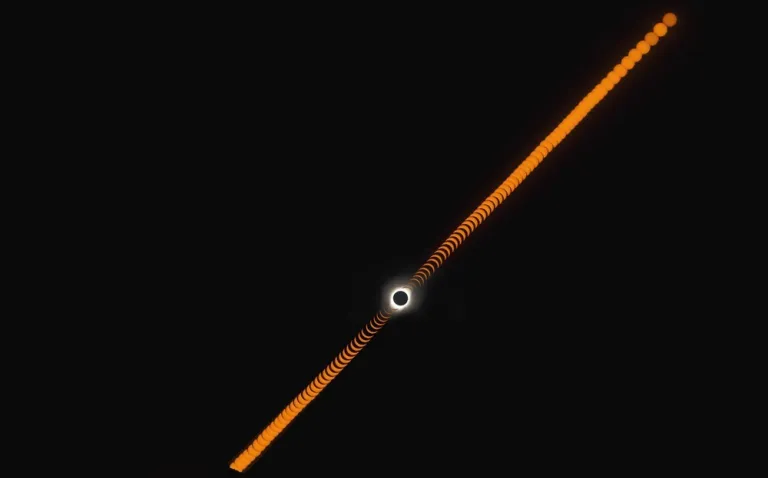
While the ultimate highlight of a solar eclipse is undoubtedly the perfect alignment of the Sun, the Moon, and your location, don’t overlook the fascinating events unfolding before and after totality. As you observe the partial phases leading up to and following totality through a safe solar filter, you’ll witness captivating moments. Keep an eye out as the Moon takes its initial bite out of the Sun’s disk, a sight that reassures you of the cosmic spectacle underway.
As the eclipse progresses and approaches the three-quarters mark, you’ll notice a sharpening of the shadows around you. This phenomenon occurs because the Sun’s disk is contracting, resulting in a smaller light source that produces more defined shadows. Around 85 percent coverage, you’ll have the opportunity to glimpse Venus positioned approximately 15° west-southwest of the Sun. If you’re surrounded by trees at your viewing location, observe how their leaves act as simple pinhole cameras, projecting hundreds of crescent Suns in their shadows—a truly mesmerizing phenomenon to behold.
This eclipse will be the most-viewed ever.
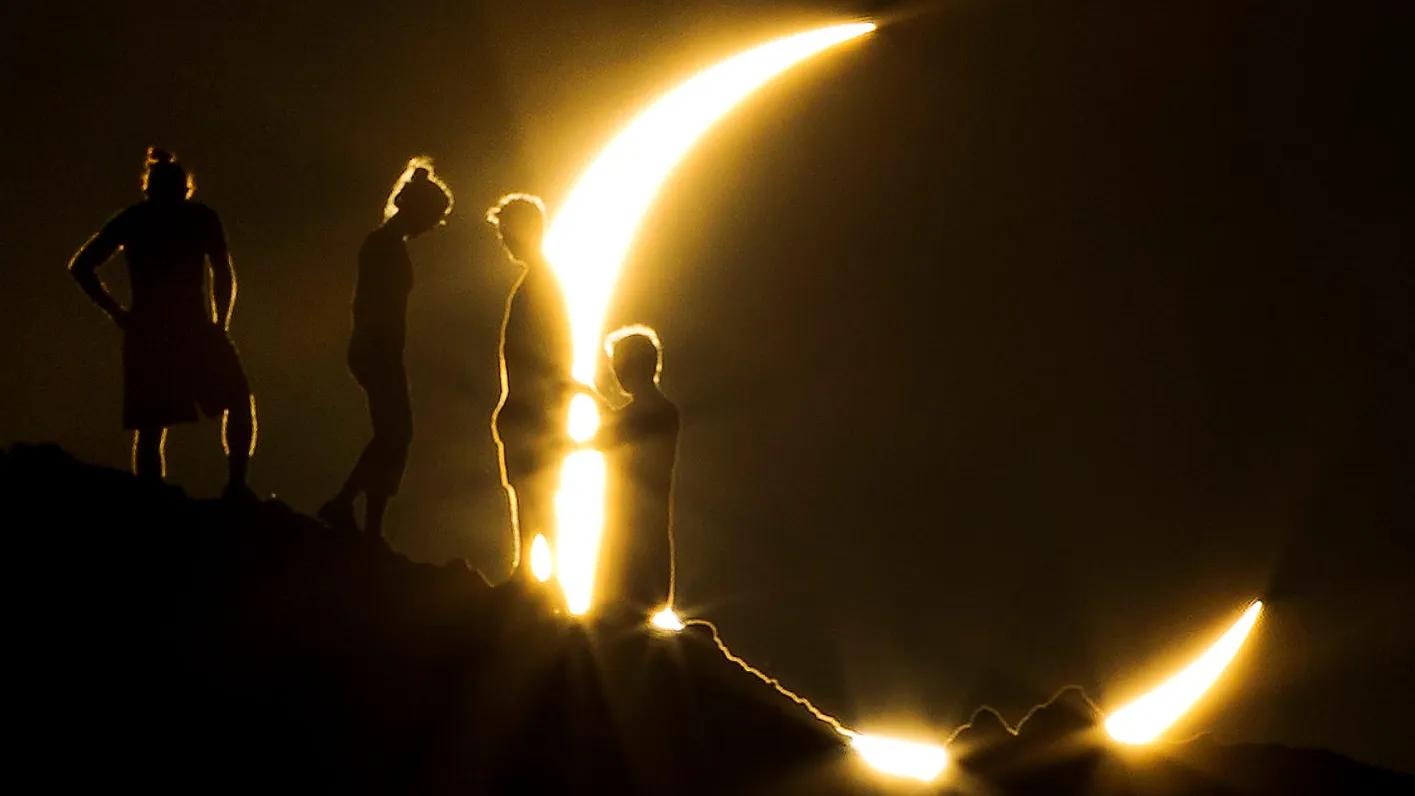
We can base this proclamation on four compelling factors:
Firstly, the extensive media coverage the event will receive, amplifying its reach and impact. Secondly, our country’s exceptional highway infrastructure, facilitating easy access for eager spectators to witness the eclipse firsthand. Thirdly, considering the typical weather patterns on April 8, 2024, which are favorable for clear skies in many regions along the eclipse path. And fourthly, the significant accessibility of the event to a vast number of people residing in large cities located near the path of totality, ensuring a broad audience can partake in this remarkable celestial phenomenon.
Several large cities will enjoy a great view.

In contrast to the 2017 eclipse, which primarily enveloped one major city, Nashville, the 2024 event will cast several major metropolitan centers into darkness. Numerous cities along the path will either lie entirely within the eclipse path or have a significant portion of their areas covered.
Notable among these are Mazatlán, Mexico; San Antonio, Austin, Fort Worth, and Dallas, Texas; Indianapolis, Indiana; and Cincinnati, Columbus, and Cleveland, Ohio. Additionally, Buffalo, New York, will also experience the awe-inspiring phenomenon, marking a significant expansion of the eclipse’s reach across urban landscapes.
Totality is safe to look at.
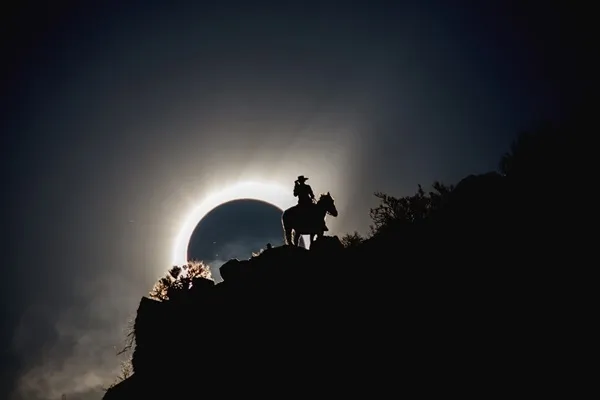
During the rare moment when the Moon’s disk entirely covers that of the Sun, and only during this brief period, it is safe to gaze directly at the eclipse without the need for a solar filter or eclipse glasses. In fact, to fully immerse yourself in the awe-inspiring experience of totality, it’s essential to observe the Sun without a filter during this extraordinary phase of the eclipse.
Yes, the Sun’s a lot bigger.
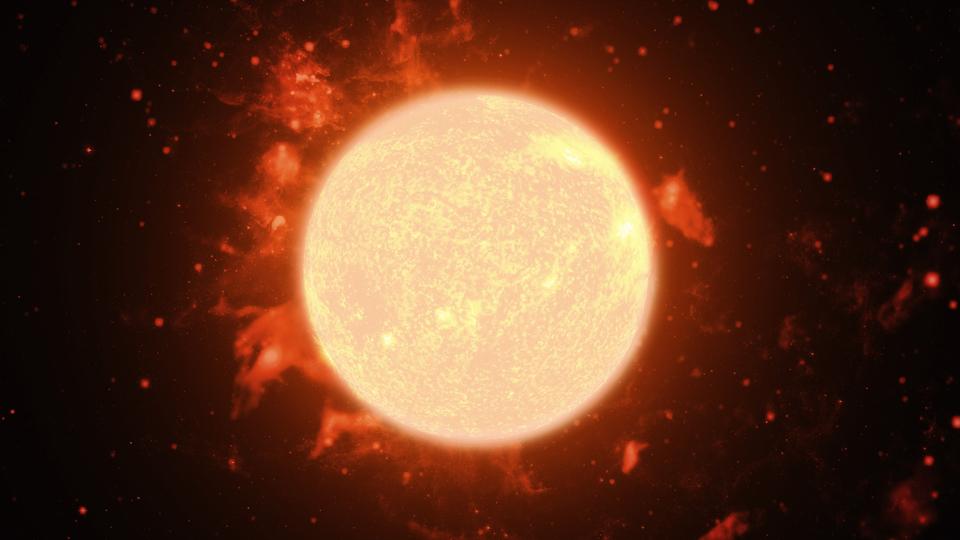
Indeed, while the Sun appears much larger than the Moon, it’s also substantially farther away. This interesting coincidence arises from the fact that the Sun’s diameter is approximately 400 times larger than that of the Moon, and it also lies roughly 400 times farther away from Earth. This alignment results in both the solar and lunar disks appearing to be the same size when viewed from our vantage point.
However, this equilibrium won’t last indefinitely. The Moon is gradually drifting away from Earth, which means that hundreds of millions of years from now, it will appear too small to entirely cover the Sun’s disk during an eclipse. Eventually, solar eclipses will become a relic of the past.
You won’t need a telescope.
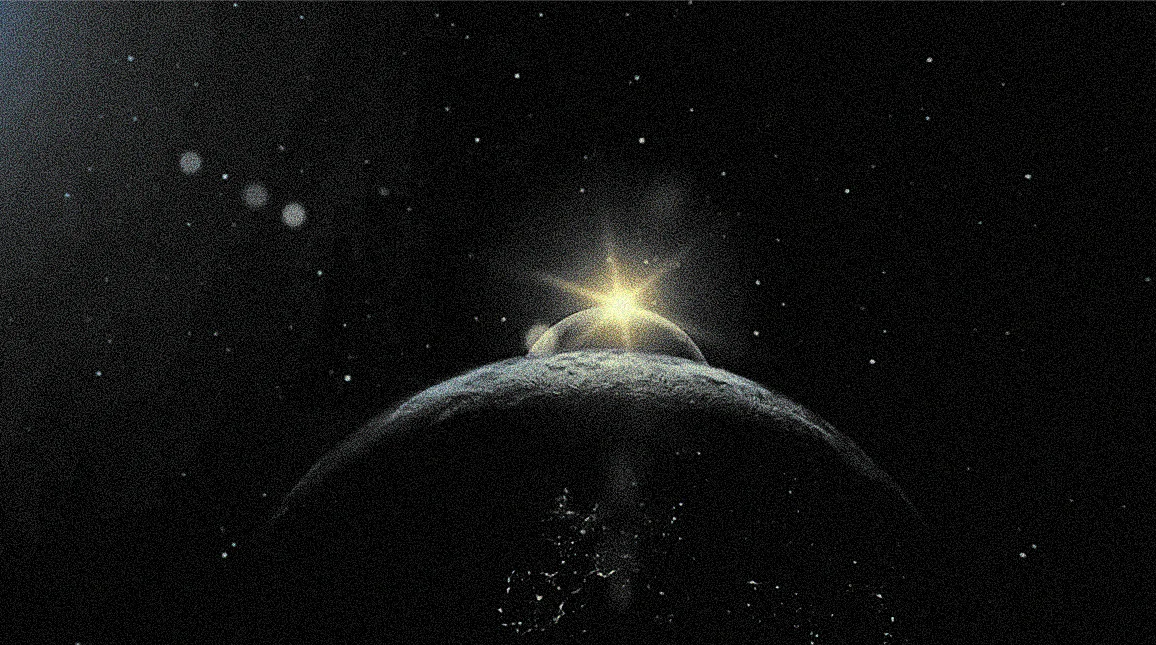
The total phase of a solar eclipse is a sight to behold, captivating even without any special equipment. Picture the Moon’s dark silhouette surrounded by the glowing corona against the backdrop of the darkened sky—it’s an image that stays with you. But here’s a tip: if you have binoculars handy, even at a low power, they can bring you closer to the action. So, during the eclipse, make sure to grab those binoculars a few times to get an even more detailed view of this celestial spectacle.
Alaska misses out on totality – but not for long.

On April 8, neither of the two non-contiguous U.S. states, Hawaii and Alaska, will witness a total solar eclipse. Hawaii will catch a glimpse of a 20% partial solar eclipse during sunrise, while only southeast Alaska, including Glacier Bay National Park and Preserve, will experience up to a 5% partial solar eclipse around mid-morning.
However, Alaskans won’t have to wait too long for their moment in the celestial spotlight. Just after sunrise on March 30, 2033—almost exactly nine years later—a total solar eclipse will grace the Alaskan skies. During this event, Alaskans will be treated to a maximum of 2 minutes and 37 seconds of totality. Key observing locations within the 500-mile-wide path of totality will include Utqiaġvik, Kotzebue, Nome, and St. Lawrence Island.
A Tiny Village in Mexico will get the best view.
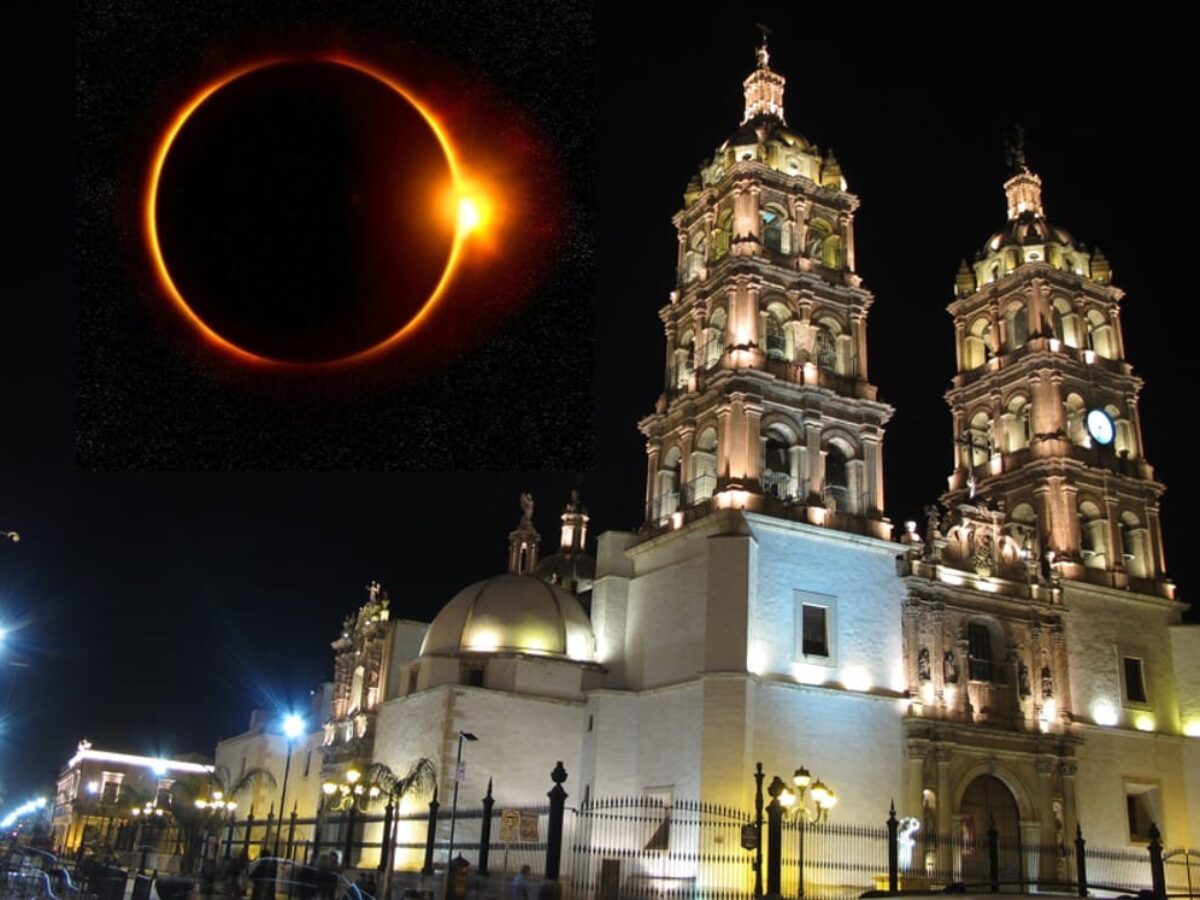
At the heart of every path of totality lies a center point, where the total solar eclipse reaches its peak around midday, with the sun and moon perfectly aligned in the sky. This precise alignment results in the slowest-moving shadow and consequently the longest duration of totality.
On April 8, this center point is located just 4 miles (6 kilometers) north of Nazas, a small village with a population of 3,600, nestled in the Mexican state of Durango. From this vantage point, observers will be treated to an impressive totality lasting 4 minutes and 28 seconds.
The U.K. will have the last view of the eclipse.
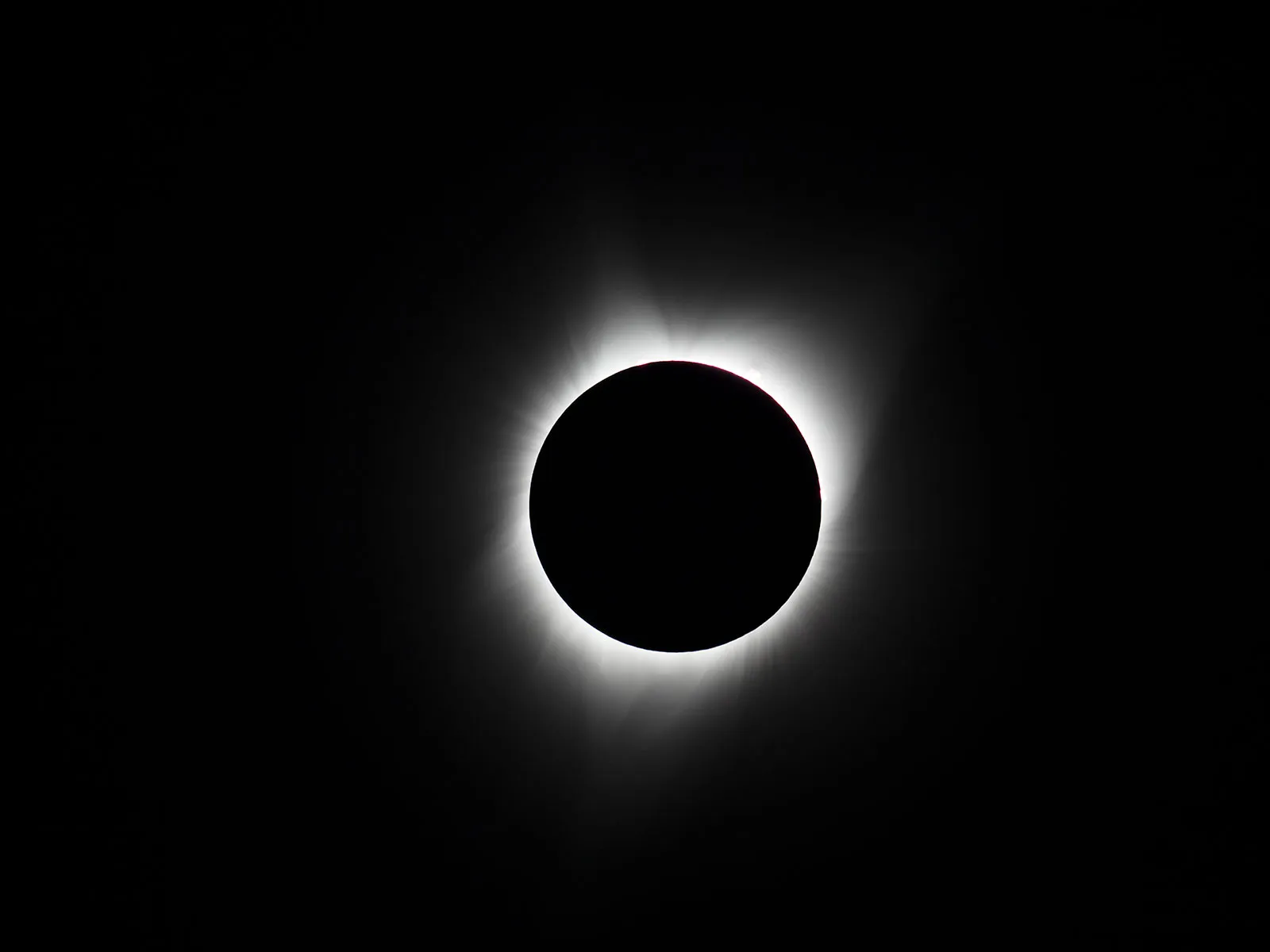
While many may not realize it, the total solar eclipse experience for North America comes to an end as it transitions into a sunset phenomenon on the west coast of the U.K. On April 8, the sunset will begin from the west coast of Wales, England, and Scotland, offering a chance to witness a subtle nibble taken from the sun during a minor partial solar eclipse. To catch this glimpse, observers will need an unobstructed view of the ocean horizon and clear skies.




